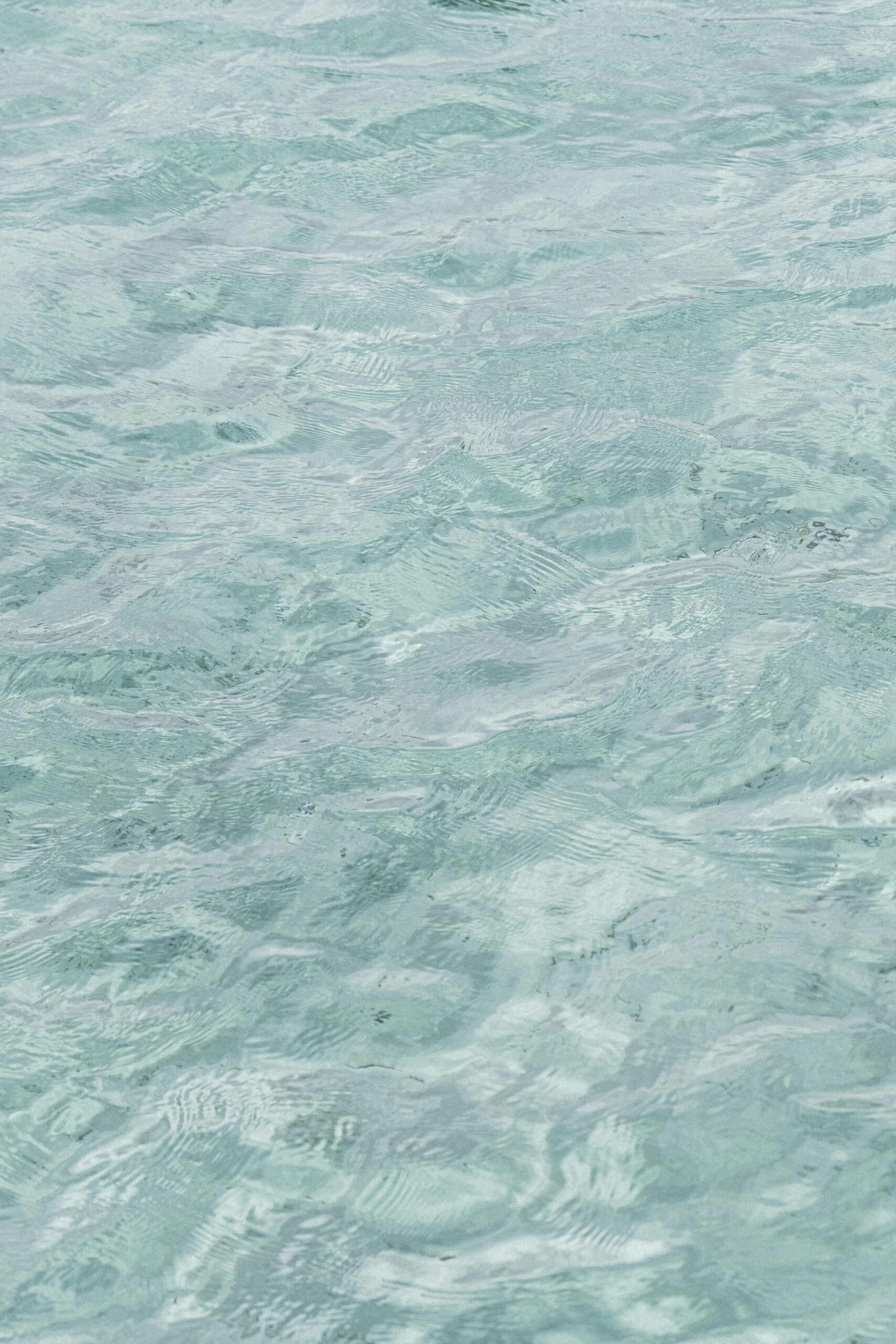Cloudy Pool Water: Causes and Solutions
Having a swimming pool full of crystal-clear, sparkling water is all about balance. So, when your pool becomes cloudy, it’s time to figure out which element is to blame.
Even a perfectly maintained pool can become hazy, but with a little digging, you can get to the bottom of the problem.
Join us as we dive into the common causes of cloudy pool water and our solutions to this pesky problem.
What are some common causes of cloudy pool water?
In order to clarify your pool’s water, you need to know what’s at the root of the issue. Here are a few common causes.
pH imbalance
Your pool should have a pH level between 7.2 to 7.8. When this number is too high or too low, it can cause cloudy water. You can buy an inexpensive test kit and use the strips to check the pH of your pool water, then balance your pH appropriately.
Damaged filter
A poorly functioning pool filtration system can also result in cloudy water. When your filter is clogged or damaged, the circulatory system can’t adequately sift out the particles that make water appear hazy. Regularly cleaning and inspecting your filter can help prevent pool circulation issues.
Presence of algae
You might already know what established algae looks like. It creates a slimy green film along your pool’s sides, stairs, and bottom. But before it reaches this point, the only sign might be cloudy water. If your hazy water isn’t getting better, consider adding an algaecide to your chemical additions.
Solutions to cloudy pool water
Once you determine the cause of your cloudy pool water, you can get it back to shimmering glory. Here are a few solutions to this common problem.
Ensure proper chemical levels
Chemical imbalances are a leading cause of cloudy pool water. Improper alkalinity levels, low chlorine, inadequate pH can all throw your water chemistry out of whack.
Test the liquid in your pool to determine the combined chlorine content. It should be less that 0.2 parts per million. If it’s too high, you can use a pool shock to raise the amount of free chlorine that can actively clean your pool. You can also use cyanuric acid to allow the chlorine to work longer.
Vacuum your pool
Pool vacuums are designed to collect dirt and debris from your swimming pool. There are different types, including manual and automatic versions geared toward both in-ground and above-ground pools.
Start by skimming the surface of your pool to remove any leaf litter floating on top. Then, ensure your pool filter is on as you run your vacuum over the entire pool bottom to collect any debris. Be sure to empty out the trap as after each cleaning session.
Increase your pool circulation
When you increase your pool’s circulation, you force more water through the filter so it can capture more impurities. However, you first need to identify what’s causing poor water circulation in the first place.
First, ensure your skimmer baskets and pump strainers are clean. Then, backwash your filter to remove any buildup. Next, determine if your filter media needs to be replaced. Depending on the type of filter you have, this could be sand, diatomaceous earth powder, or cartridges.
If poor circulation was the cause of your cloudy water, you might want to run your pool filter system for a full 24 hours to jumpstart the cleaning process.
Add pool water clarifier
Pool clarifiers work by clumping together tiny particles that would otherwise pass through your pool’s filtration system. These are safe, easy-to-use additives that can work wonders on your pool’s clarity level.
Making sure cloudy water doesn’t appear in your pool again
Preventing cloudy pool water all comes down to proper maintenance. Here are a few tips to help you avoid the dreaded cloud.
Maintain a healthy pH level
Regularly testing your pool’s pH level can help you fix and avoid a cloudy pool. Areas with intense sunlight or extreme rainfall might be subject to more fluctuations in acidity that require more attention. Consider installing a pH adjuster to automatically balance your acidity and reduce the amount of hands-on maintenance you need to perform.
Test the chlorine levels at least once a week
Regularly testing your water will ensure your pool’s chlorine levels are balanced. This can prevent the growth of algae and other particulates that can affect your water clarity.
Always start by testing your water and calculating the amount of chlorine or shock needed to balance your chlorine levels. Make sure your pump is running, then pour the mixture around the edge of your pool. Allow the pump to continue running for six hours or so, then test again to ensure your chlorine is balanced.
Contact a professional for routine maintenance
Pools require a lot of maintenance that can be overwhelming for the average homeowner. While it’s cheaper to do it yourself in the short-term, fixing damage caused by inadequate maintenance will typically cost much more.
Additionally, a professional can inspect for structural damage, leaks, issues with your equipment, and other potential problems you may not have an eye for.
GPS Pools is your neighborhood pool maintenance & supply store!
GPS Pools is your local swimming pool expert in the Tampa Bay area! In addition to helping you fix cloudy water, we can also resurface your pool or modernize your pool deck. We’re here for all your pool-related needs!
Contact us today for more information!

